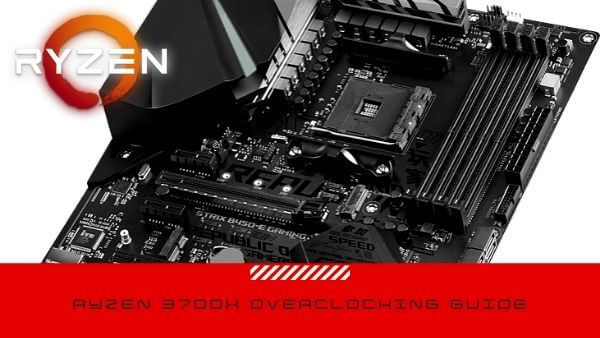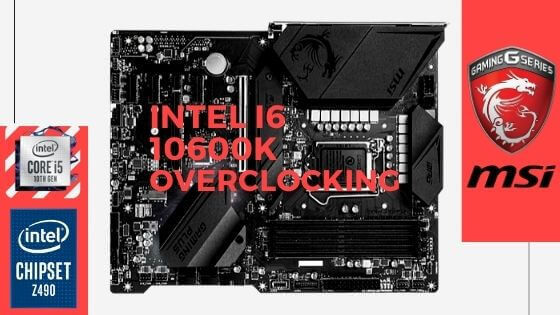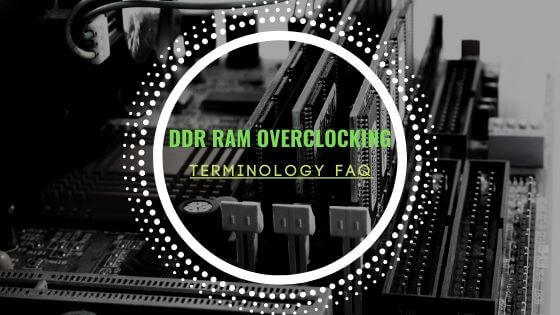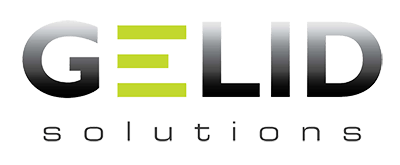
- Tech, OC'ing, SEO and more
- Hits: 67449
Article Index
Diving deeper into SEO.
As listed above, their SEO involves everything you use while managing a website. The Server (s), content, programming languages, getting natural backlinks to your website, etc. You can take my word for the black hat SEO practices if not please feel free to google for more information. Now it is time to get down to the nitty and gritty of SEO and go over everything from A to Z in detail. If you want to have a sneak and peak of your actual SEO score, I use this website for my score tests called GTMetrix.
Preparing your Server for SEO.
Once you have installed the basic Joomla, added some of your content and selected your template you have the framework to kick of SEO. The core of your effort will be your Server; it will be vital to get the right settings depending on the host most locations, and they will be set from the get-go. Several settings need to be checked if not set to have the best settings and those all start server side.
The first part is the robot.txt file this will point and set rules for the crawl bots that are used by all search engines. You can allow and disallow access to files and folders using this handy little text file. Joomla sets these settings for you; for the most part, I did not change anything with allowing or disallowing. There are however two vital settings that need to be added, first pointing the robots to the URL your sitemap is located. Copy and paste: Sitemap: http://www.yourdomain.com/sitemap.xml into the robots text file. The .xml and robots.txt should be in the main directory unless you want separate files, but those are not needed. For most servers, this is /public_html unless you installed Joomla in a different folder to ensure the right location for your files for it to work correctly. Next is a simple pointer to the URL you want to use this is either http://yourdomain.com or www.yourdomain.com. Copy and paste: Host: www.yourdomain.com into the robots.txt, so the robots will see the preferred URL markup your site should be archived under.
Next up is the .htaccess file for the larger part Joomla has added some rules, and for SEO you might need to add some rules or change them where needed. However, before you start editing, please make a backup, I can not state this clearly enough to make a backup because this file can make your life miserable. You can get the original if you do not have a backup by downloading the full Joomla .zip file and use that if you can not find it at all or forgot to make a backup. While it is rare, you want to check that you can use the .htaccess file for SEO, check out this article to check whether your host is capable of using the .htaccess file. Now you can start to make your edits remember rules are set unless they have a # added in front or behind them, they've also used a spacer and to point out information. For browsers to see how long they can store files in the browser cache unless files on the Server are updated you need to add some code to inform the browser. The browser handles the caches there is no editing required, but the browser needs to know how long it can keep the files, not too long and not too short. Copy and paste the code below or change the periods but these base values are SEO optimised.
## EXPIRES CACHING ##
<IfModule mod_expires.c>
ExpiresActive On
ExpiresByType image/jpg "access 1 year"
ExpiresByType image/jpeg "access 1 year"
ExpiresByType image/gif "access 1 year"
ExpiresByType image/png "access 1 year"
ExpiresByType text/css "access 1 month"
ExpiresByType text/html "access 1 month"
ExpiresByType application/pdf "access 1 month"
ExpiresByType text/x-javascript "access 1 month"
ExpiresByType application/x-shockwave-flash "access 1 month"
ExpiresByType image/x-icon "access 1 year"
ExpiresDefault "access 1 month"
</IfModule>
## EXPIRES CACHING ##
The next bit of .htaccess is a security portion, and yes, security is something that falls under SEO rules. When adding this line, you plug a small security leak that allows for specific exploits to gain illegal access to your Server. If you are using a server where you can access the actual apache configuration such as have a dedicated hosting machine, you want to read this part. Copy and paste the code below as is, it is SEO optimised.
## Misc Security ##
ServerSignature Off
RewriteCond %{HTTP_USER_AGENT} libwww-perl.*
RewriteRule .* ? [F,L]
The next part is setting up the Server for the nice, and so much needed clean URL's. This is part of the SEF part where you start SEO Joomla from the back end. Search engines crave clean URLs since they give a clear picture of what the page is about by using in most cases title of the article or file name. Scroll down to the part that says ## Mod_rewrite in use. and make sure that you uncomment by removing the # in front of RewriteEngine On. This will prep your Server to parse SEF settings later on in the Joomla administrator backend and this part also you need to add a rewrite to a URL make up. You can access your web page through several combinations with URL makeups, HTTP:// or with www. the code here will force a browser to use one markup. All traffic will now point towards a single URL makeup you can also replace the HTTP:// with https:// if you have an SSL certificate. Copy and paste the code below you can change it around to the URL make up of your taste and the URL you will use in search engine webmaster tools.
## Mod_rewrite in use.
RewriteEngine On
rewritecond %{http_host} ^yourdomain.com [nc]
rewriterule ^(.*)$ http://www.yourdomain.com/$1 [r=301,nc]
Scroll down you will find the final rule that must be uncommented to enable SEF to look for RewriteBase / and remove the # in front. There is no need to edit any more items or add more coding now you need to save the .htaccess file.
Ensure you have a copy of the .htaccess this file is now ready to be uploaded again or saved directly on the Server. One final action must be taken while this is on the Server for the .htaccess to work and starts doing it's magic, click on the file on your Server. Remove the.txt from the end and place a .(dot)at the beginning, so the file is called .htaccess and the Server can read the file and deploy the settings.








